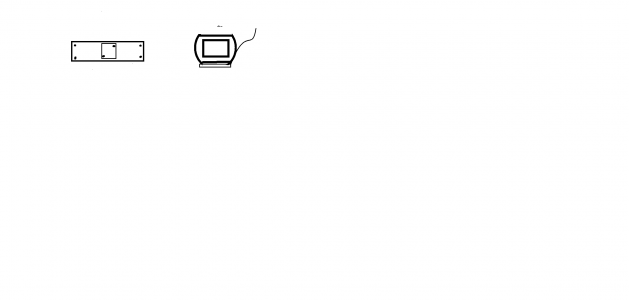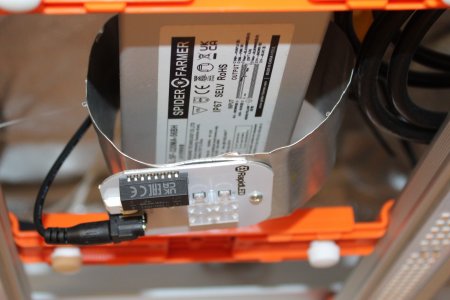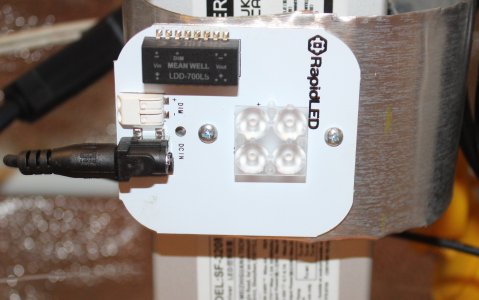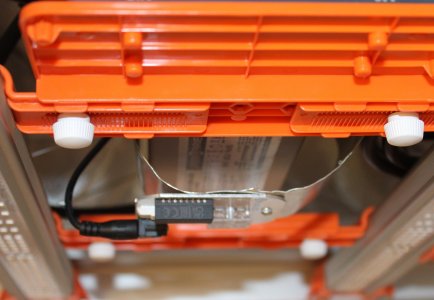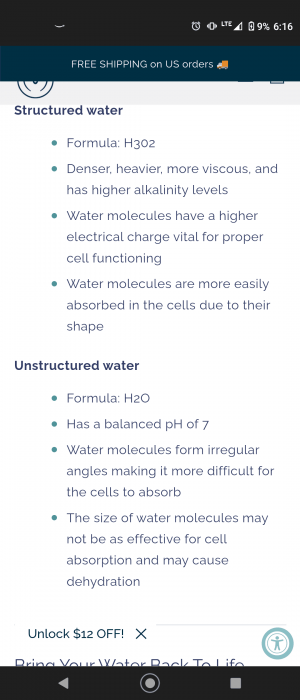Observer
Quantum Yield Engineer
- Joined
- May 11, 2023
- Messages
- 7,900
- Reaction score
- 19,381
throwing this up to congregate data on spectrum and provide some hard data and information for everyones
heres a thread where ill include alot of spectrum information.
place holder.
throwing this up when time is limited.
I Will Be Back.
heres a thread where ill include alot of spectrum information.
place holder.
throwing this up when time is limited.
I Will Be Back.




